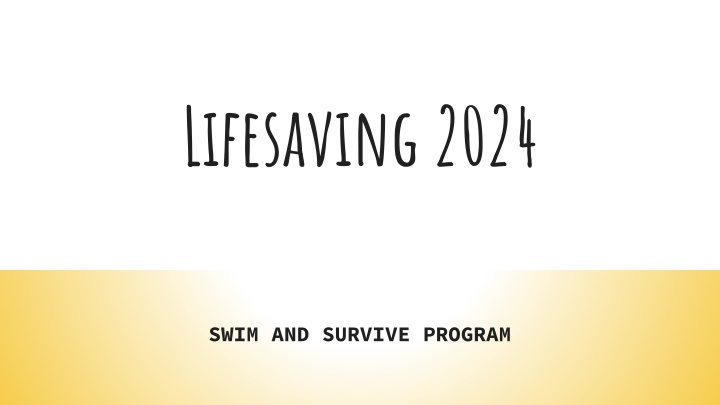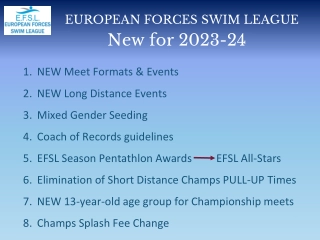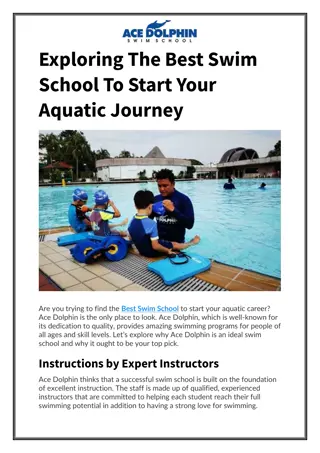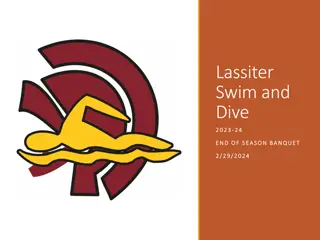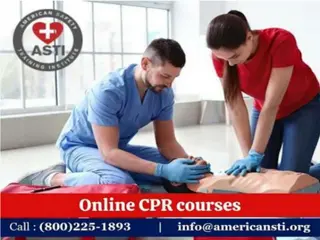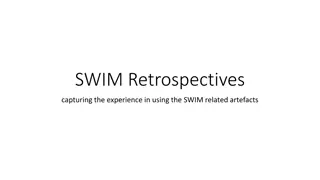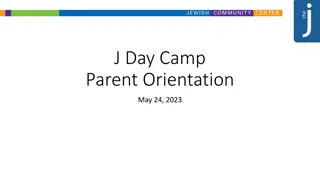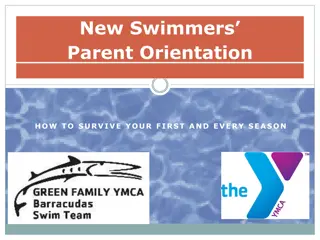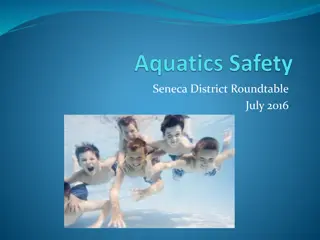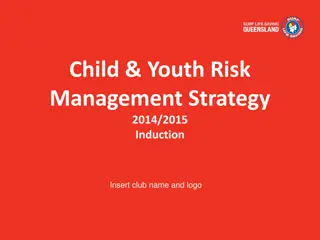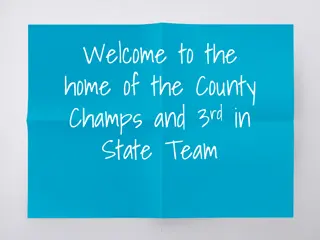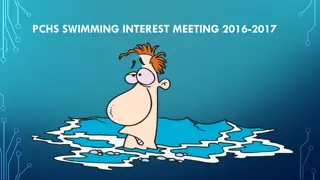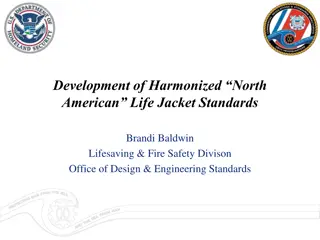Lifesaving and Swim Program Overview for Year 8 Students
In weeks 2 and 3 of Term 4, 2024, Year 8 students will participate in a compulsory Lifesaving and Swim Program, choosing from 5 different courses. These courses cover water safety, swimming skills, survival abilities, and include assessments to gauge proficiency. The program aims to enhance students' water confidence, teach lifesaving techniques, and improve overall safety in aquatic environments. Each course has specific objectives tailored to different swimming abilities, ensuring students develop essential skills for water safety and survival.
Download Presentation

Please find below an Image/Link to download the presentation.
The content on the website is provided AS IS for your information and personal use only. It may not be sold, licensed, or shared on other websites without obtaining consent from the author.If you encounter any issues during the download, it is possible that the publisher has removed the file from their server.
You are allowed to download the files provided on this website for personal or commercial use, subject to the condition that they are used lawfully. All files are the property of their respective owners.
The content on the website is provided AS IS for your information and personal use only. It may not be sold, licensed, or shared on other websites without obtaining consent from the author.
E N D
Presentation Transcript
Lifesaving 2024 SWIM AND SURVIVE PROGRAM
SWIM SCHOOL -WHAT IS IT? In weeks 2 and 3, Term 4, 2024, all Year 8 students will be involved in the compulsory Lifesaving Program. There are 5 courses from which you can choose. All courses include a first aid theory component, resuscitation training and practical assessment. Courses will run at 2 different pools. You cannot select which pool you are at, and choosing the same course as a friend does not mean you will be together. There are approximately 15 students in a group, with 2 Year 9/10 student instructors
Course 1 -WATER AWARENESS This course is designed for non-swimmers. It aims to increase your confidence in the water, water safety, swimming and survival abilities. Some skills you will aim to master include: Front and back float Blow bubbles in water with face submerged Front glide and back kick using a kickboard Swim for 3m using an underwater arm action Swim 5m freestyle and 5m backstroke with modifications Hold floatation aids and be pulled to safety
Course 2 -Water Sense This course aims to provide the learner with confidence in safety and survival abilities, including basic techniques of clothed survival swimming, and to extend the basic swimming skills and personal fitness for survival. This is suitable for poor swimmers. Assessment includes: a written test 25m continuous swim using basic stroke techniques survival and rescue components.
Water sense -skills Slide in entry in deep water Front and back float in deep water 25m swim freestyle and backstroke with correct stroke 10m breaststroke with correct kick Survival scull/tread water for 1 min. Surface dive in chest deep water to recover an object. Rescue techniques
Course 3 -Junior swim and survive This course aims to provide the learner with safety and survival abilities, including basic techniques of clothed survival swimming, and to extend the range of swimming skills and personal fitness for survival. Assessment includes: a written test 100m continuous swim using correct and efficient stroke techniques of freestyle, backstroke and breaststroke survival and rescue components Tread water for 4 minutes (clothed) then swim for 6 minutes whilst removing clothing This is suitable for average swimmers.
Course 4 -Senior swim and survive This course aims to develop a high level of swimming skills, endurance, knowledge of safety and personal survival abilities. Assessment includes: a written test 300m continuous swim using correct and efficient stroke techniques a variety of pool entries and dives, eggbeater kicks, clothed swim survival and rescue components. This suitable for average to above average swimmers.
Course 5 -Bronze medallion This is the highest lifesaving award offered; all students must be 14 to achieve this award. The course aims to develop a level of knowledge, judgement, technique and physical ability required to carry out safe water rescue. Assessment includes a written test 400m continuous swim using correct and efficient stroke techniques 6 different rescue techniques (including defensive techniques and spinal rescue) search and rescue, a timed tow survival and rescue components. This is suitable for advanced swimmers only.
Please discuss these options with your parents to ensure you select the course that best suits your needs and abilities. If you have any further questions please speak to your PE Teacher, Mrs Flowers, Miss Zappala or Miss Berios
